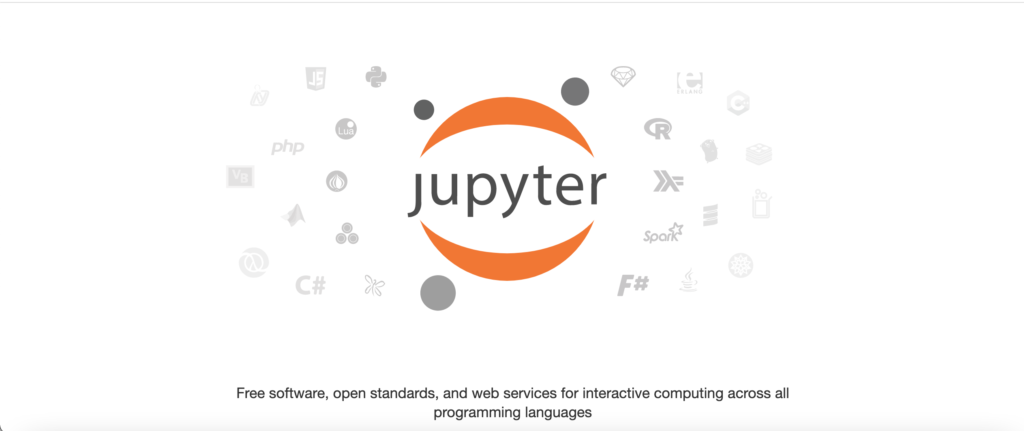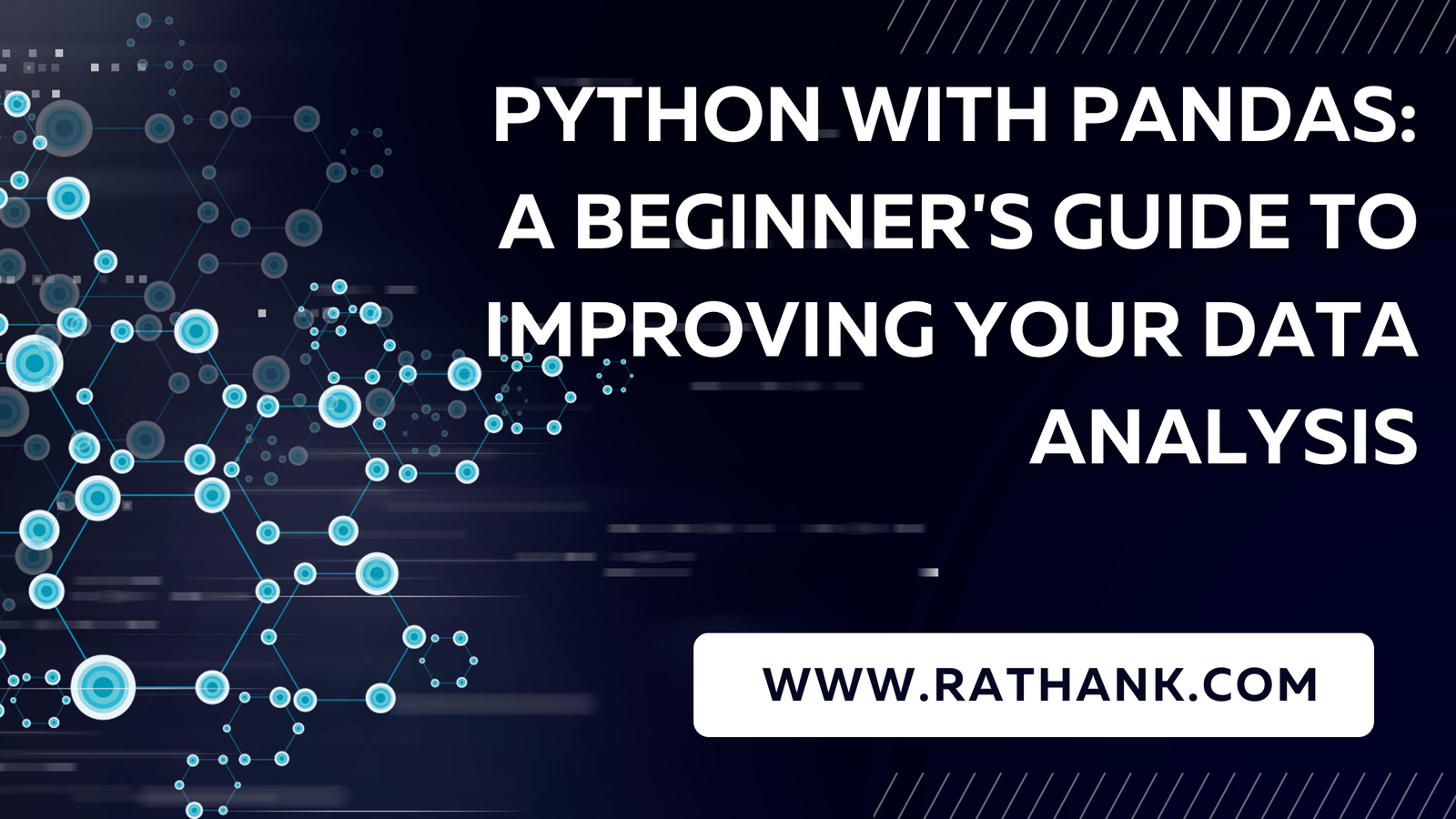Introduction – Python with Pandas: A Beginner’s Guide to Improving Your Data Analysis:
Data analysis is made easier with Python. This easy-to-follow manual explores the Pandas toolbox. manipulating facts with mastery for smart choices.
Knowing the Fundamentals of Pandas
An effective way to work with structured data is to use Pandas, a flexible and well-liked Python package that offers data structures and methods. It is ideal for datasets because of its two main data structures, Series and DataFrame, which let you manage data in a tabular format.
- Putting in Pandas
Make sure you have Pandas installed before we start. Using pip, you can install it:
pip install pandas- Importing Pandas
To get started, import Pandas into your Python script or Jupyter Notebook:
import pandas as pd
Loading and Exploring Datasets
1. Loading Data
Pandas can read data from various file formats, such as CSV, Excel, and SQL databases. For this tutorial, we’ll use a sample CSV file. Let’s load it into a DataFrame:
pythonCopy code
data = pd.read_csv('dataset.csv')2. Exploring Data
Once loaded, you can quickly get an overview of your data using these commands:
# Display the first few rows
print(data.head()) # Summary statistics
print(data.describe()) # Data types of columns
print(data.dtypes)Data Cleaning and Transformation
1. Handling Missing Data
Dealing with missing data is crucial. Pandas offers methods to identify and handle missing values:
# Check for missing values
print(data.isnull().sum())
# Drop rows with missing values
data_cleaned = data.dropna()
# Fill missing values
data_filled = data.fillna(0)2. Data Transformation
You can perform various data transformations, such as filtering, sorting, and grouping:
# Filtering
filtered_data = data[data['column_name'] > 10]
# Sorting
sorted_data = data.sort_values('column_name')
# Grouping and Aggregation
grouped_data = data.groupby('category').mean()Data Visualization
Visualizing data helps in gaining insights quickly. Pandas works seamlessly with libraries like Matplotlib and Seaborn for data visualization:
import matplotlib.pyplot as plt
import seaborn as sns
# Plotting
sns.barplot(x='category', y='value', data=data)
plt.title('Bar Plot')
plt.show()Conclusion
Congratulations! You’ve just entered the world of data analysis with Pandas for the first time. With the help of this robust library, you have learned how to import, clean, transform, and visualise data. You’ll be better prepared to handle real-world data analysis jobs, unearth insightful information, and make wise decisions if you become proficient with Pandas.
To master data analysis, keep in mind that practise is the key. Investigate the extensive variety of functions that Pandas provides by experimenting with various datasets.
Happy research!
Explore Other Python Frameworks Django and Flask.








